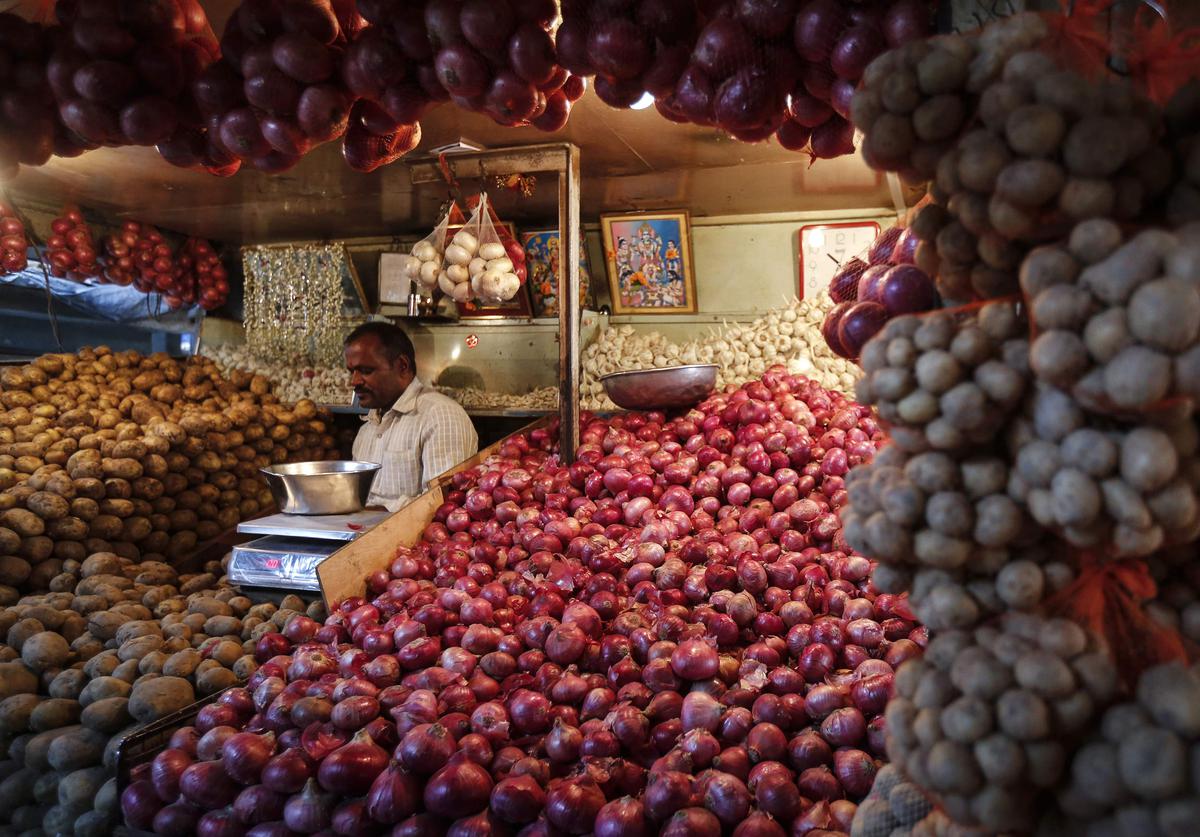Five days after the retail e-rupee pilot programme was introduced, the RBI and banks are pleased with the first response and operational effectiveness. However, involvement in terms of value has been very low. Bankers claim that this is the case for both the wholesale and retail markets for digital currencies, despite the fact that the retail market’s enthusiasm has been fairly brisk. Industry insiders claimed that because the technology has only been made available to a “limited user group” of chosen clients, usage is restricted. Thus, once the ecosystem is made accessible to everyone, genuine volumes may be measured and scaled.
People are reluctant to use the retail e-rupee because of FOMO (fear of missing out). Senior fintech leaders have opened bank accounts with YES Bank to test out CBDC, according to Ajay Rajan, country head for transaction banking at YES Bank. The bank and Indian Oil Corporation collaborated on Monday to expand the retail digital currency for retailers. As a result, bankers claimed that e-rupee activities are going without a hitch and that no problems have been encountered thus far, including from consumers.
Customers we contacted reported that the process of ordering tokens from the RBI is simple and that they have downloaded and are using it. So, the volume will increase. The foundation is established once the travel is easy and the experience is simple. Scaling up is the answer, according to a banker. Since e-rupee is only currently available on Android phones, banks are also calibrating its use. Another banker stated that they “feel good about it” and are satisfied with the throughput and responses, in addition to the fact that the procedure is quite similar to using UPI and because of the benefit of anonymity that comes with cash.
Customers have contacted us through our branches for retail, according to Rajan. Bankers, however, believe that because volumes are still modest, it is too soon to say that the ecosystem is functioning correctly. The real test will come when it can handle bigger and large-ticket transaction volumes. Another banker remarked, “Wallet balances are also low at around 2,000-5,000. Interest is higher among the P2C segment than the P2M segment.

